Some say science & mathematics are reductive.
- Galileo showed us how to break apart space into three pieces and that
ẋ,ẏ,żfunction independently. (The speed the soccer ball falls downward off the cliff is unrelated to how much forward momentum you kicked it.)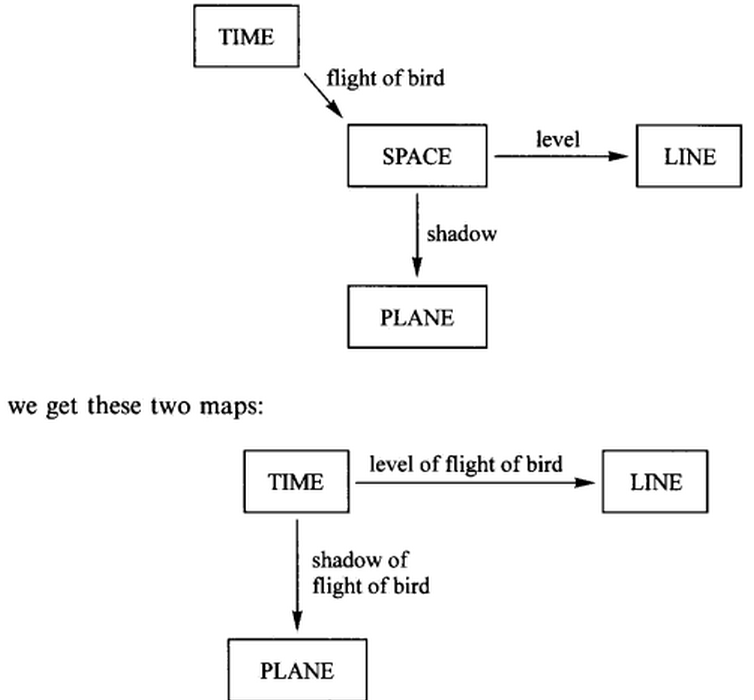
- Experimental science tests just one thing and isolates it as perfectly as possible.
- Some say that the entire progress of empiricist science has been the systematic isolation and testing of small parts of reality, combined with “rigourous technical analysis” (by which they mean, theories in the language of mathematics).
- (I’ve seen this view in the CP Snow ish arguments where “literary types” or “critical theory types” want to attack science or scientists en masse, or where “science types” want to attack philosophers/postmodernists/cultural theorists/Marxists/Deleuze/liberal academia en masse.)
- Some philosophers argue that the world is really atomic in some way, not just the particles but the causes and forces in the world are reducible to separable elements.
The reductionistic approach to science has to pair with qualifiers and caveats that “The lab is not the real world” and “We’re just trying to model one phenomenon and understand one thing”: hopefully combining A with B doesn’t introduce complexity in the sense that A+B is more than the sum of its parts – in statistical modelling language, that the interaction terms don’t overwhelm the separable, monic terms.
But is it really true that mathematics is reductionistic? I can think of both separable mathematical objects and not-separable ones. You could argue, for example, that a manifold can be decomposed into flat planes–but then again, if it has a nontrivial genus, or if the planes warp and twist in some interesting way, wouldn’t you be nullifying what’s interesting, notable, and unique about the manifold by splitting it up into “just a bunch of planes”?

Or with set theory: you could certainly say that sets are composed of atomic urelemente, but then again you could have a topological space which is non-decomposable such as an annulus or network or 1-skeleton of cells, or a non-wellfounded set (cyclic graph) which at some point contains a thing that contains it.


















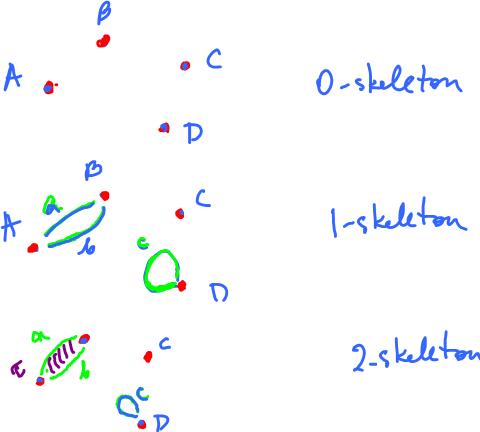


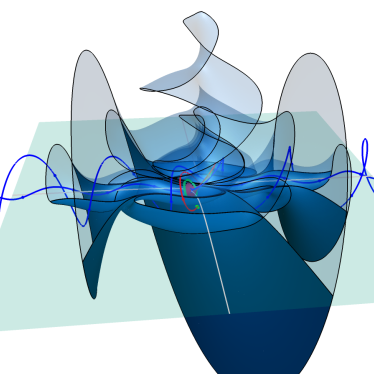


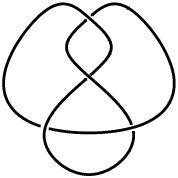






How about a sort-of famous mathematical object in the theory of links & knots: the Borromean rings.


The Borromean rings are famous for the fact that they cannot be decomposed into a simpler atom, whilst retaining their Borromean nature. In other words the smallest atom you can find is the 3 rings themselves. If any one or more rings were removed then they would not be linked together.
So not only is it an interesting case for causality (is ring 1 binding up ring 3? No. Is ring 2 binding up ring 3? No. In a way none of the rings is locking up any other ring, and yet they are locked by each other.
It takes the interaction term [ring 1 ∩ ring 2] – only together do they bind up ring 3, but together they do bind it completely. (Did something like this come up in Lord of the Rings or some other fantasy or myth? Like the weakest link or that square battle arrangement with spears, or having a ton of archers in Warcraft 2, but not like Captain Planet, if any member of a group breaks then its entire strength is lost (super convexity) but together they’re nearly undefeatable.)
Also, circularly, as well as ring 3 being bound-by [ring 1 ∩ ring 2], it also binds – or again, with-its-mate-binds – the other rings.
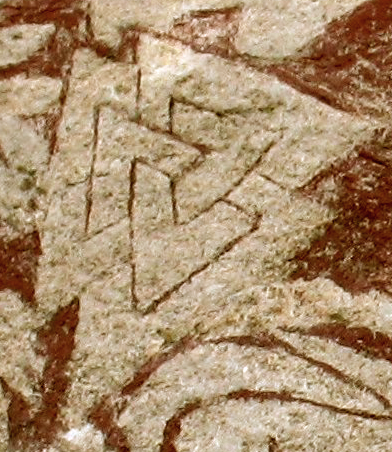

I don’t know if historically the Borromean rings were a symbol of holism, although one would think so given this picture from the Public Encyclopedia:
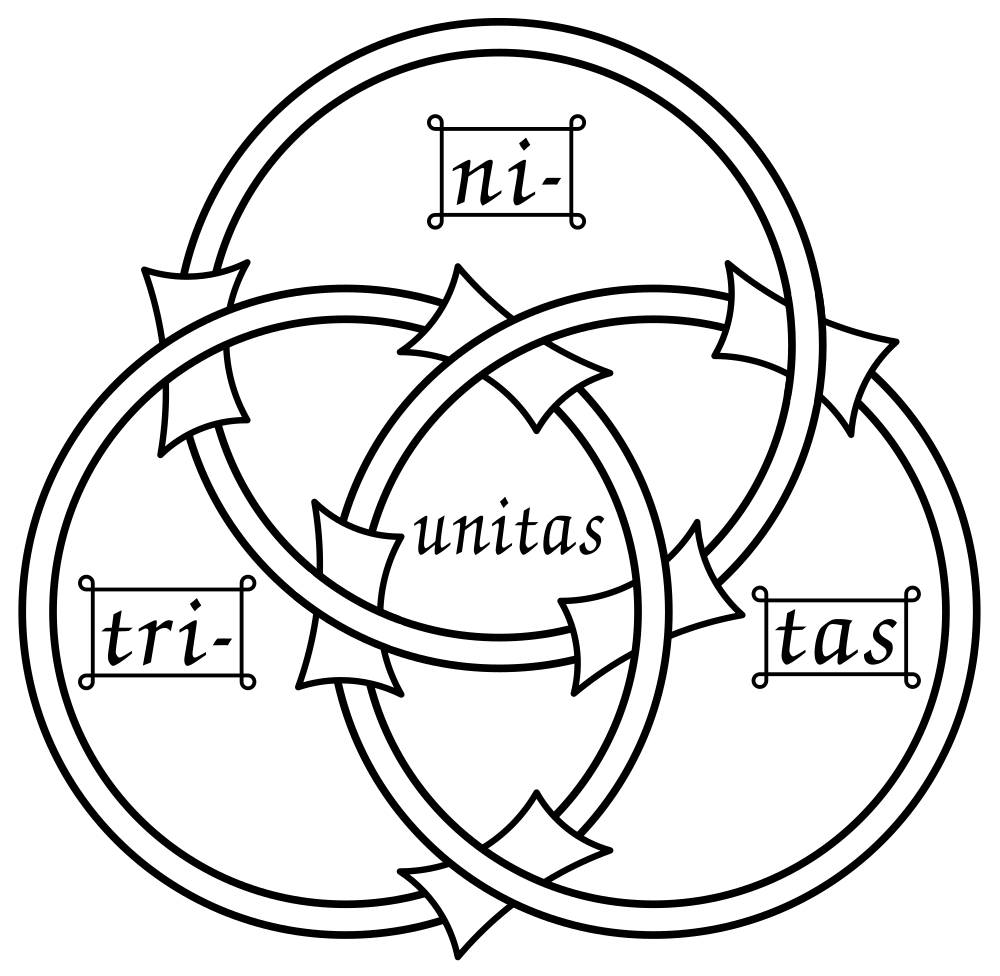
Even if it hasn’t been, we certainly could use the Borromean rings now as a symbol of holism, complexity, integratedness, un-separability, irreducibility, and convolution.



